February 22, 2018
Bisley announces plans to elevate the humble locker
 Bisley has launched Bisley LateralFile Lodge, a new range of lockers in response to the increased need within contemporary agile offices for personal, transient and temporary storage space. Bisley’s new range of personal storage provides a timely evolution to this essential element of office design. Key features include:
Bisley has launched Bisley LateralFile Lodge, a new range of lockers in response to the increased need within contemporary agile offices for personal, transient and temporary storage space. Bisley’s new range of personal storage provides a timely evolution to this essential element of office design. Key features include:
Power
Mobile technology is an essential tool for a majority of workers and running out of power can be disruptive. Bisley’s new lockers are powered, making it possible to take a laptop away to a desk, only to be charged again when it goes back in the locker overnight, locked safely away behind a simple barrel lock, digital combination locks or an RFID (Radio-Frequency Identification) lock.
Zoning
A range of seamless back and surface material options such as acoustic performance panels or dry-wipe boards, and the absence of tie bars, results in a slick and contemporary finish.
The aesthetic appeal and multi-use of the of these lockers means that they do not need to be located on the perimeter of the floorplate, but become an integral part of the interior design, zoning spaces, enhancing breakout spaces and encouraging movement amongst employees.
Personalisation
The ‘hard to reach’ bottom section of the locker stack can be modified to include a retractable personal drawer, maximising its capacity and accessible use. There is also the opportunity to further personalise each locker with business card/photo holders included as standard to increase the sense of ownership and belonging.
Choice and versatility
The range is available in a multitude of sizes (single or double height to suit requirements), colours, finishes and lock type. Planting tubs can be integrated on to the top of the storage units, enabling the incorporation of storage in biophillic workplace designs, increasingly popular due to the proven benefits for the wellbeing of employees. The wide range of aesthetics available for the tops and shelves, and the option of wood finish doors, mean the new locker range can be specified in any design scheme.
Helen Owen, Director of Business Development at Bisley says: “We accept that change is the only certainty in business but human nature will always dictate the need for employees to have a space that they can call their own. Lockers are a simple, effective and efficient way to provide this. The resurgence of the locker as the perfect storage solution for agile, dynamic workplaces, as well as supporting the co-working phenomenon is to be welcomed.”
The full range of lockers can be seen here:
https://www.bisley.com/products/storage/personal/lateralfile









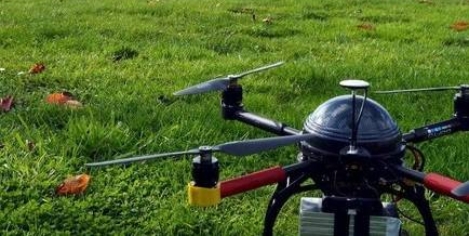
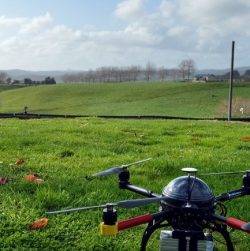

 The future workplace will replace familiar, rigid hierarchies and departments with small, collaborative networks of teams and the lines between individual organisations and ecosystems will blur as companies increasingly cast their net wider to innovate. This is one of the predictions made in a Fujitsu-commissioned whitepaper ‘
The future workplace will replace familiar, rigid hierarchies and departments with small, collaborative networks of teams and the lines between individual organisations and ecosystems will blur as companies increasingly cast their net wider to innovate. This is one of the predictions made in a Fujitsu-commissioned whitepaper ‘
 British workers are lagging behind employees from other countries when it comes to flexible working hours and benefits like extended leave, suggests new research. New independent research commissioned by travel specialists Opodo.co.uk compared Britain with other nations across Europe and the USA, which reveals that British companies are lagging behind other businesses when it comes to flexible working. Three-quarters of employees in the UK (75 percent) don’t believe they have a generous holiday allowance and 84 percent aren’t offered time back in lieu for days worked over the weekend. It’s of no surprise then that 69 percent of Brits don’t think they have a good work-life balance.
British workers are lagging behind employees from other countries when it comes to flexible working hours and benefits like extended leave, suggests new research. New independent research commissioned by travel specialists Opodo.co.uk compared Britain with other nations across Europe and the USA, which reveals that British companies are lagging behind other businesses when it comes to flexible working. Three-quarters of employees in the UK (75 percent) don’t believe they have a generous holiday allowance and 84 percent aren’t offered time back in lieu for days worked over the weekend. It’s of no surprise then that 69 percent of Brits don’t think they have a good work-life balance.
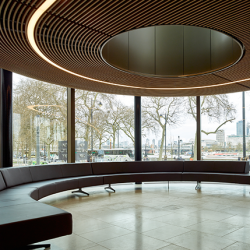








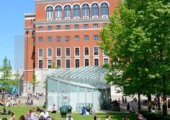


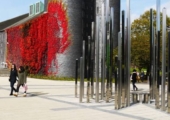

January 9, 2018
The year we discover the elemental workplace
by Neil Usher • Comment, Facilities management, Technology, Workplace, Workplace design
(more…)